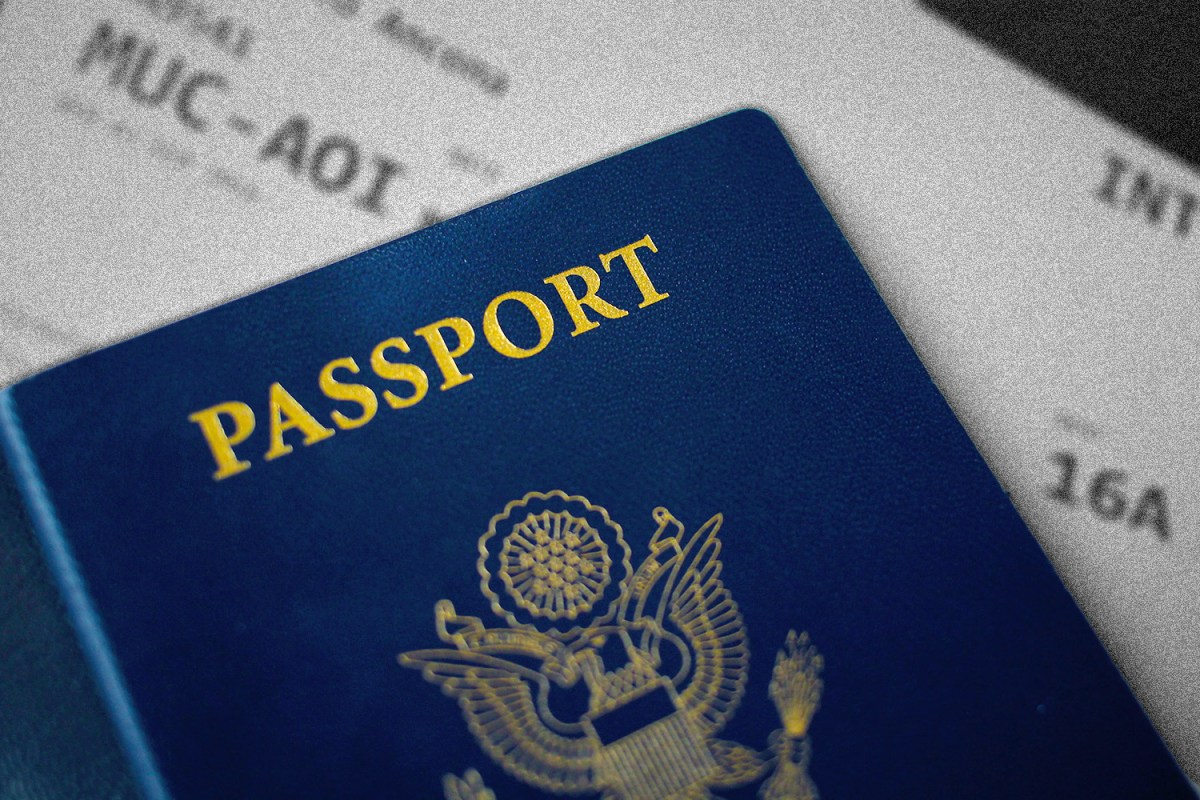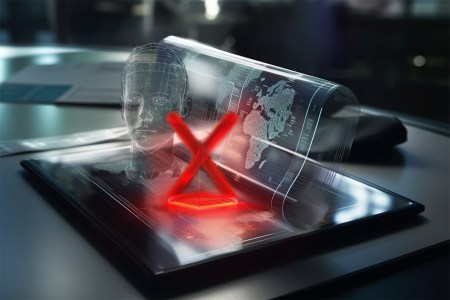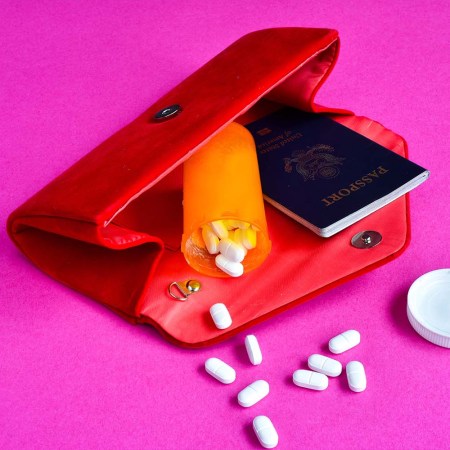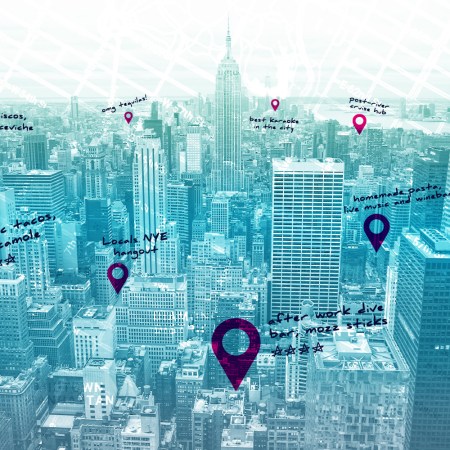I look down at my phone’s screen, and it recognizes who I am and unlocks. Maybe I’m wearing sunglasses, so I use one of 10 different programmed fingerprints to unlock the device instead. Without incapacitating me and using my body to unlock my phone, it’s pretty foolproof.
Once on there, I can access a boarding pass to any domestic flight and many international ones, and biometric identification to get me through security, confirm my COVID vaccination status and complete almost any other traveling task. If I need to buy a last-minute ticket, I can make a secure connection to my bank account and complete the transaction without issue. Upon arriving into a new country, a QR code often does the job of providing access to, and then documentation of, immigration forms. In this fully digital world we’re living in, where my every piece of data indicates to the rest of the digital sphere who I am — and yes, that it’s really me, here’s my money and my retinas and my fingerprints and my shopping habits — why are we still required to hang onto physical passport books?
Make no mistake about it: the technology is there. It’s been there. Facial recognition and biometric scans are now being used to board planes, and before they went mainstream, they were long in development behind the scenes. For the past decade, from the very moment you stepped foot into any modern airport in the world, the powers that be knew who you were and where you came from.
Yet, we still have to go through the literal motions of filling our magic, index card-sized stamp books when entering and exiting a country or block. Even better, when you’ve collected too many magic stamps, you have to start your collection from scratch. Most identification card renewals are a mundane enough process. This one takes your guess of somewhere between two and three months and you’ll just have to cope with it, bro.
Beyond facial recognition for boarding a flight, other aspects of airport travel are being brought up to speed with new and improved technologies as well. With CLEAR, an iris scan and/or fingerprints confirms your identity, and with Global Entry, managed by U.S. Customs & Border Protection, facial recognition and other biometrics have increasingly replaced the need for paperwork, handheld forms and IDs and even physical “hello my name is…” tags. The latest Global Entry kiosks have you take a photo, with an officer giving you verbal clearance to walk straight on through in a matter of seconds. Yet the physical passport book perseveres.
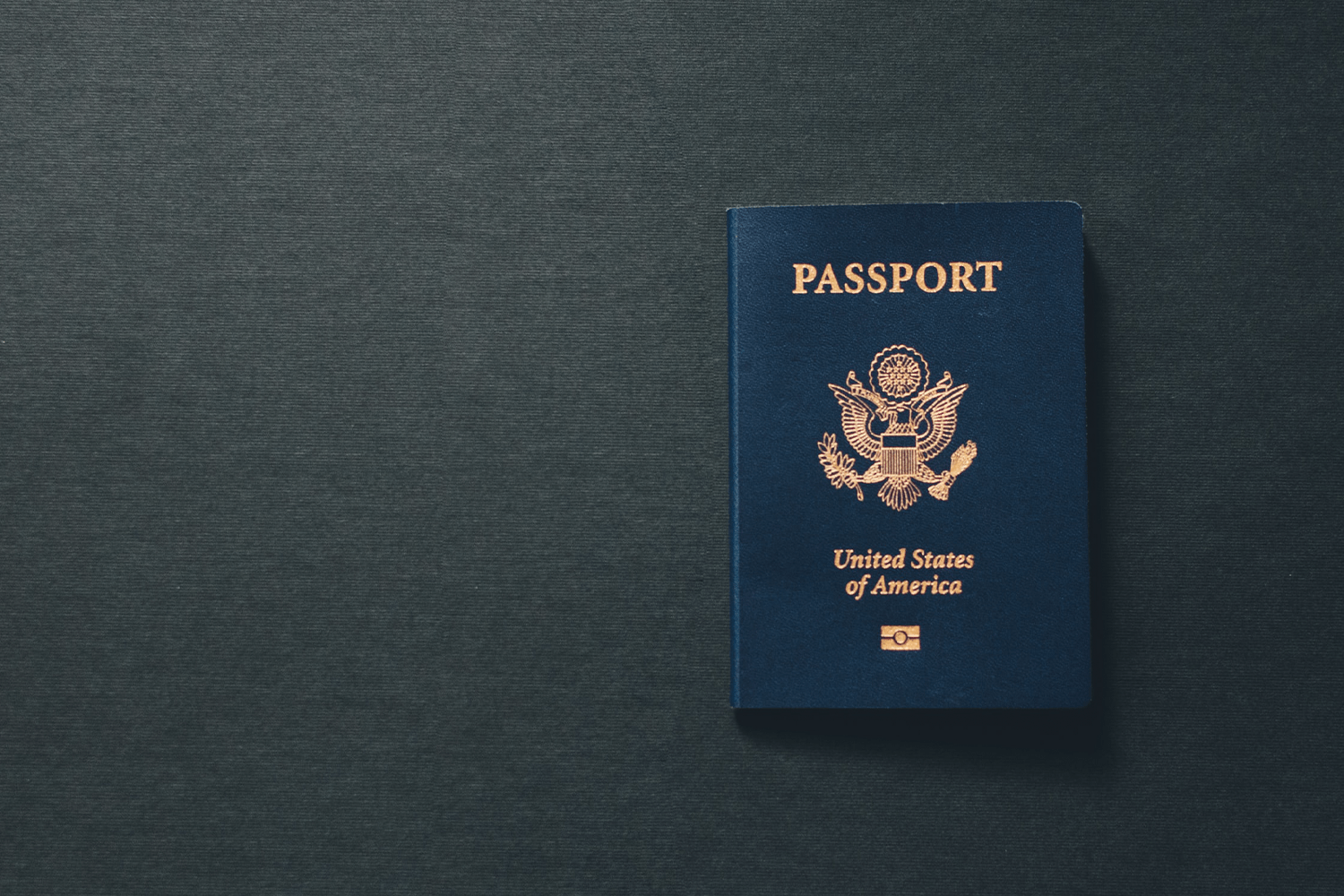
The Indignities of Physical, Handheld Passports
This isn’t a new gripe, of course. Here’s a 2016 story from Vice asking, “Why are paper passports still a thing?” which mostly just says it’s going to be, like, totally expensive and hard, man, for governments to go digital. The matter became a personal pressing issue for me, because after four years, which very much included the entire pandemic — and despite having armed myself with the double-sized, super-special stamp book with extra pages — I found myself out of space, making my way through one particular border or another while pleading with officers to not skip over that blank spot they saw on page 37 before claiming half the remaining open territory on page 51.
The fact that you’re beholden to the stamping whims of one immigration officer or another makes the process that much more frustrating. In a brand new passport, I’ve had a guy in an “office” in the Bahamas stamp the very last page of the book. In some places, overlapping stamps is a cardinal sin. That’s four neat stamps per page, one per quadrant, two sets of entries and exits, and you’re done. Though others will throw down a stamp right atop whatever came before, proving that you can triple stamp a double stamp if you really want to.
The ultimate indignity is when a destination slaps on a visa sticker that takes up a full page. The audacity! What are you trying to prove, Egypt, Zimbabwe and Uganda? Who are you trying to impress? And why am I the one forced to deal with the consequences of this game of visa-sticker one-upmanship?
When it comes to your driver’s license, also a physical, handheld requisite, as much as nobody enjoys going to the DMV, at least you know when you show up on a given day and deal with the time-wasting inanity, you’ll leave with the new license, or renewal, or whatever is you came for. With passports? Well, you need to put that sucker in the mail and hope for the best. Chant an incantation or light a prayer candle and maybe you’ll get it back in less time.
We’re obligated to tote around an object that dooms us to disaster if lost or stolen, but yet needs to be updated via an outrageously delayed and cumbersome process. As of the time of this writing, current processing times for “routine” applications were between seven and 10 weeks, which doesn’t include mailing times. Routine? The only length of time I can think of for which that is an acceptable routine is scheduling your follow-up dental appointment.
Yes, you can expedite (three to five weeks), and yes you can try emergency in-person passport service (if you can make an appointment and get to a regional office). Even in those cases though, that’s when you’ve had the foresight to plan ahead. How many trips have been ruined, how many lives put on hold, for lost or stolen passports?
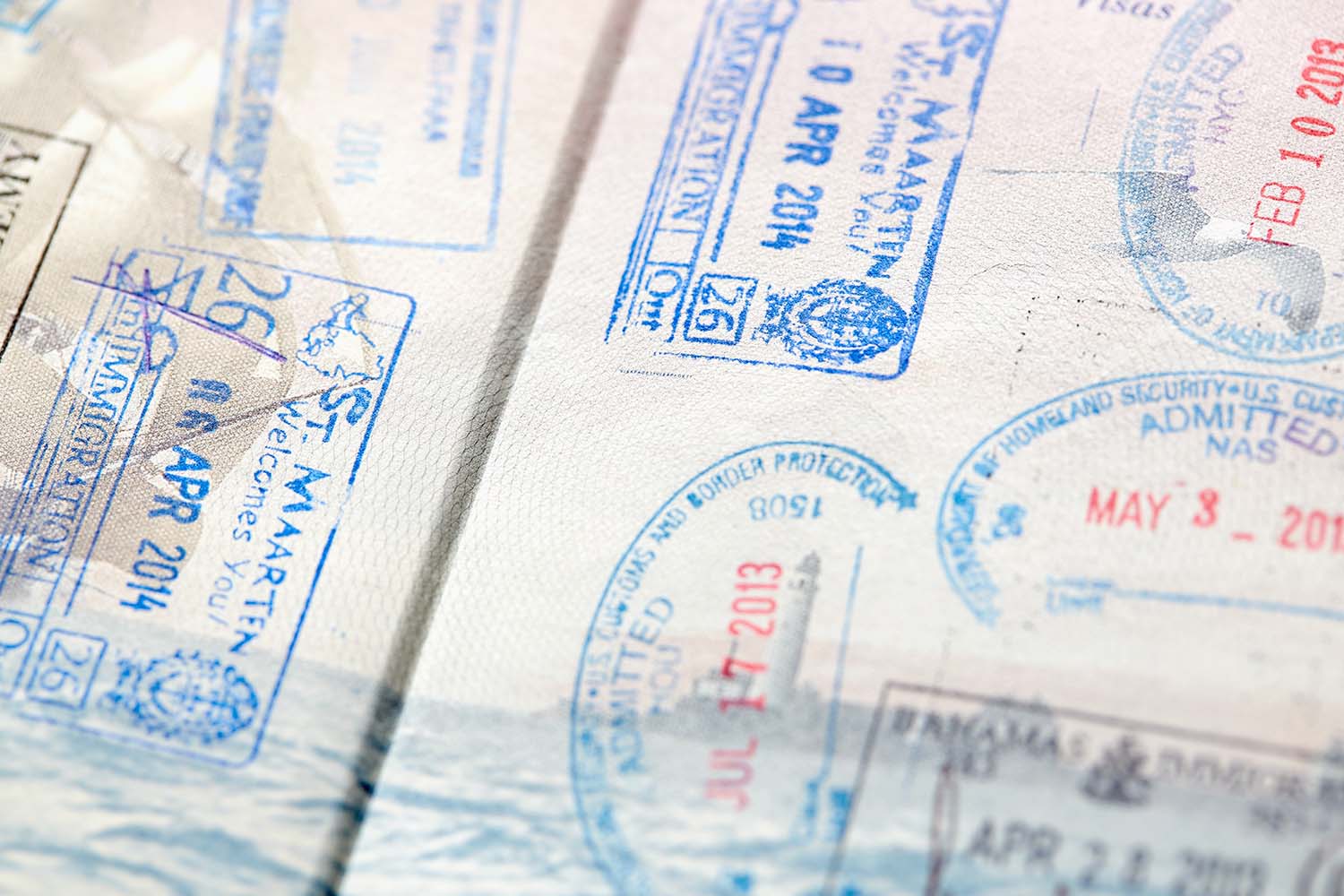
The Government Reasoning & Response
Our passports are designed to work everywhere, though, not only in lands of perma-5G access. And with about 200 countries in the world, not every single one will be able to adhere to the same electronic security standards that the U.S. and its closest international partners do.
“The U.S. passport is designed to meet United Nations International Civil Aviation Organization (ICAO) standards,” a State Department spokesperson told me in response to my queries. “This ensures that U.S. citizens hold a globally interoperable passport that can be accepted anywhere, regardless of the technology infrastructure at their destination.”
In case you’d like to have yourself a good time, pull open the ICAO’s Machine Readable Travel Documents guide, doc 9303, eight edition, 2021. Machine Readable Travel Documents…that’s MRTDs to you. This 42-pager is part one of a 13-part compendium, so carve out some calendar time. There’s more than you ever wanted to know about the exacting specifications of passport construction and design standards, and the blueprint that countries need to follow in order to uphold agreed upon international requisites.
But it’s not as if U.S. passports are dumb bricks, either. Once again, the technology is there. The latest passports contain biometric data in them to prevent forgery and misuse, and of course, what happens when you hand your passport to an immigration officer? They swipe it and pull up your full dossier on their computers. It’s all kept in there anyway, which makes the requirement of carrying around the physical one and protecting it as if your life depended upon it seem pretty damn superfluous.
Carbon Passports: Are We Really on the Eve of Seeing Travel Rationed?
Some in the tourism sector see a huge environmental benefit to limiting flights, while others see an “uproar” waiting to happenThe latest U.S. development has been dubbed the Next Generation Passport. It knows more about us, is more secure and is designed to be used in more places. “Our recently launched Next Generation Passport is a highly secure travel document containing enhanced physical security features and electronic components that can be validated by border authorities worldwide,” the State Department spokesperson said. But we still need to jam it into our pockets and queue up to receive our very special stamps.
The Next Generation Passport is part of a broader collection of technologies called e-Passports, though we get none of the benefits of the e. Big Brother gets to know more about us, but we’re still bound to the confines of our magic stamps. We’re told that “the chip holds the same information that is printed on the passport’s data page,” along with a “biometric identifier” and a “digital photograph of the holder.” It’s a digital version of our physical passport…that must be accessed by the physical passport. That makes sense, right?
This is, theoretically, for our security. “The biographic and biometric data contained in the electronic chip can be compared to both the traveler and the travel document being presented,” the Department of Homeland Security website tells us. “There are multiple layers of security in the e-Passport process that prevent duplication.”
While there may be progress in store for the future, don’t expect an iPhone-like annual release. “The Department of State is engaged with ICAO and its member States in creating new standards for digital travel credentials that can eventually supplement the physical passport we have today,” the State Department rep said. “As new digital identity technologies are developed, we intend to weigh the benefits of those capabilities with our primary goal of maintaining the security and accessibility of the passport for all U.S. citizens no matter where they choose to travel.”
Take a seat and wait in line. It’ll be seven to 10 weeks for your passport. And probably seven to 10 years — who am I kidding, this is global governmental bureaucracy we’re talking about here, let’s say seven to 10 decades — before any substantive changes are made.
This article was featured in the InsideHook newsletter. Sign up now.
